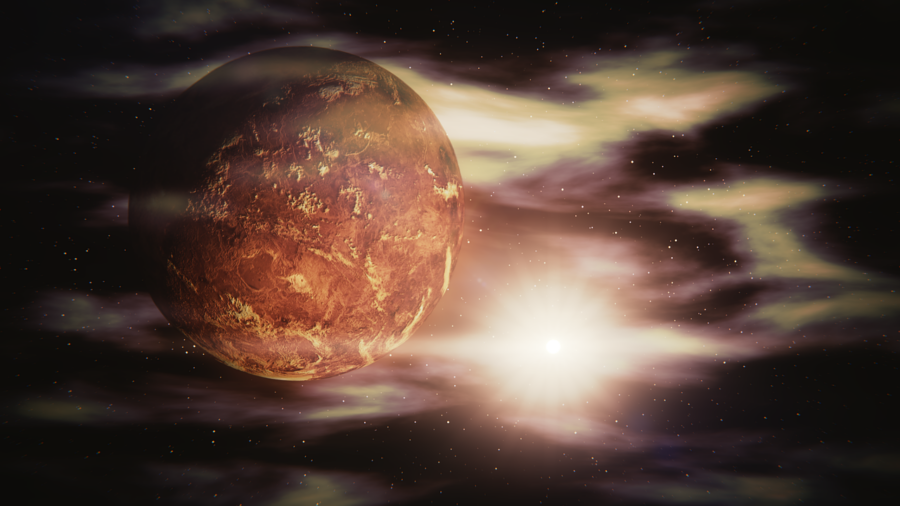Life On Another Planet Has Been Discovered
Scientists may have just found very strong evidence of life on another planet. It's a fascination find that could have massive implications.
This article is more than 2 years old

Ever since humans have been able to gaze up at the stars, realizing that they were distant universes out there, we’ve been wondering if life on another planet existed out in the cosmos. We surely can’t be the only ones kicking around the galaxy, right? While speculation and conspiracy have been around for decades about UFOs making their way to our planet, scientists have also been on the hunt for life in other places, notably places in our own solar system. And now, they might have found evidence of it close to home. Some scientists are positing that certain life on Venus might be affecting the environment there.
Scientists from MIT (via Futurism) have an interesting hypothesis about what might be going on over on Venus and there are signs pointing to the possibility of life on another planet. The discovery, such as it were, comes in the form of studies done on the atmosphere of Venus, specifically its cloud and its makeup. The study suggests that the components of the clouds, specifically the presence of ammonia there, points to life existing. By all accounts, considering the rest of the chemicals present, these scientists are saying there is almost no way ammonia should be there. Originally, the idea was that ammonia was present because of the volcanic eruptions on the planet, but apparently, that can’t be the case.
Now, the working theory is that ammonia is present in the atmosphere because it comes from a biological source. That would mean there were, in fact, living organisms in the clouds that were helping to convert the sulfuric acid to ammonia. It’s present in the droplets within the clouds, an area they admit needs further study to determine just what the heck is going on. It could mean that life on another planet existed, even microscopic ones, and is there in the droplets. As the folks from MIT say, “No life that we know of could survive in the Venus droplets. But the point is, maybe some life is there and is modifying its environment so that it is livable.”

This original study of the droplets on Venus stemmed from the earlier discovery of phosphine present on the planet. At the time, this was the first potential sign of life on Venus. That’s because phosphine can sometimes be an indicator that there are living organisms present because it breaks down organic matter. This ended up being something of a dead-end though with no conclusive proof that the phosphine pointed to life on another planet. But it did open up the line of questioning more, leading scientists like these ones from MIT, Cambridge, and Cardiff University to study other data from Venus missions. This led them to find data that wasn’t in line with previous expectations about the planet.
While the discovery of ammonia on Venus isn’t definitive proof of life on another planet, it might be one step closer. Everyone agrees that this first step means further exploration and continued missions there to determine just what’s happening in the cloud droplets. There’s some, not insignificant chance, the biological entities have created their own environment there and we just haven’t seen them yet.












